LOST VEGAS: Redd Foxx’s Fred G Sanford Store
Posted on: September 6, 2024, 04:47h.
Last updated on: September 7, 2024, 07:14h.
For about a year sandwiched between 1990 and 1991, fans of Redd Foxx had the rare opportunity not only to meet the comedy legend, but to see him basically live out the life of his character from the hit series “Sanford and Son.”
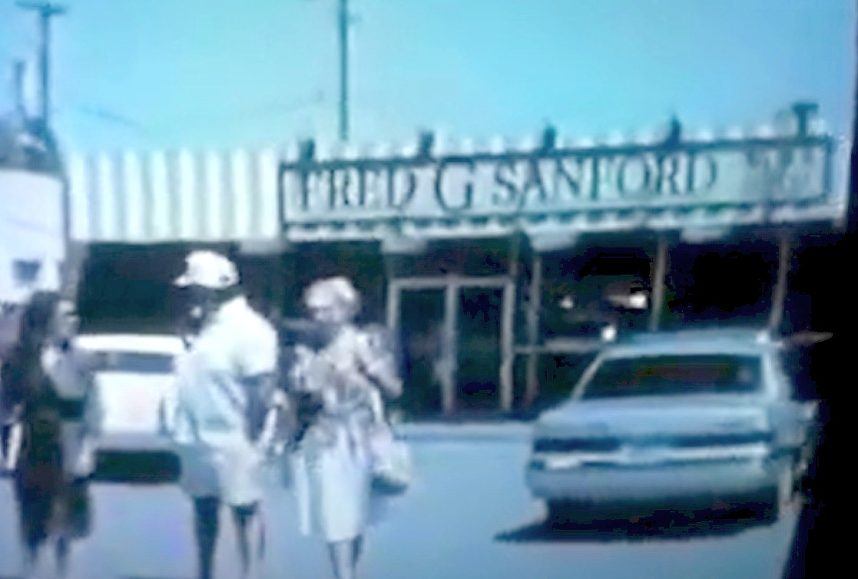
Foxx owned and operated a Las Vegas gift/junk shop called Fred G Sanford New and Used. And, in one of the most bizarre cases of life imitating art ever, he could often be found manning the counter — according to reports, sometimes six days a week!
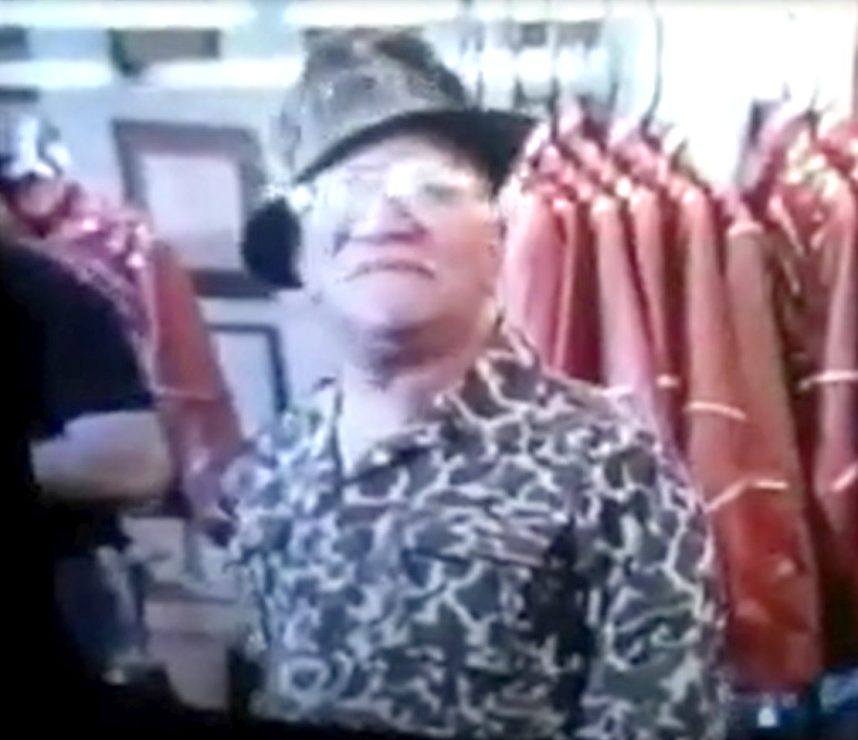
Though in retrospect, it sounds like a prank-show gag, Foxx seriously needed the money to pay off an IRS debt of almost $1 million.
The store was the novel way an advisor came up with for Foxx to sell the tons of possessions he accumulated during his rise to fame — artwork, jewelry, red leather jackets and other clothing, all in his size — directly to his fans in the pre-internet era.
“We sell cards, toys, games, gifts, rubber tires — you name it,” Foxx told a reporter from The Desert Sun in 1990.
Sometimes, Foxx parked the actual red 1951 Ford F1 pickup truck shown in “Sanford & Son’s” opening credits — which he owned — out front to attract the curious.
Foxx News
Foxx (born John Sanford in 1922 to Fred G. Sanford, his father’s real name) began his career in the 1940s, working nightclubs on the Chitlin’ Circuit. That was the name given to performance spaces considered safe for Black acts in the racially segregated South of the time.
By the 1950s, he became known for his dirty, underground “party records.” His first Vegas gig was headlining at the Samoa Room lounge at the Castaways in 1964, which made him the first Black comedian to headline a show on the Las Vegas Strip. By 1972, Foxx graduated to rotating at the International Hotel (now the Westgate) with B.B. King and Ike and Tina Turner as headliners in the 400-seat Casino Theatre.
Unlikely worldwide fame came that same year, when producer Norman Lear cast him as the lead in what would become a hit NBC television series based on Britain’s “Steptoe and Son.” (Lear renamed it “Sanford and Son” as a concession to Foxx.)
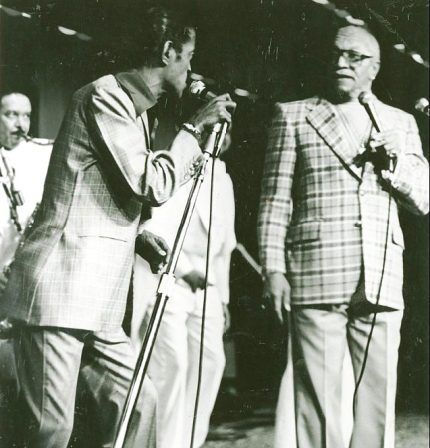
Foxx’s income increased dramatically in step with his fame. So did his spending. His nearly $4 million annual salary bought expensive houses in LA, his hometown of St. Louis, and his adopted home of Las Vegas. It purchased classic cars including a 1927 Ford Model T, a 1975 Panther J72 and a 1983 Zimmer.
And then there were Foxx’s biggest expenses of all: three ex-wives.
After “Sanford and Son” was canceled in 1977, Foxx’s income plummeted when he returned to standup comedy. His spending, however, did not. Between gigs, he could often be found playing poker with friends on the Strip.
Foxx filed for Chapter 11 bankruptcy protection from his creditors in 1983, yet he kept earning and spending. One of his creditors wasn’t having that.
Foxx Trap
On Nov. 28, 1989, the IRS raided the Las Vegas home where Foxx had lived for 22 years. A reported 15 agents seized seven cars, a Vespa scooter, eight pistols, three rifles, two shotguns, $670 in Sam’s Town casino chips, furniture, jewelry — including a gold watch given to him by Elvis Presley — and $12,000 cash.
Many of the items were auctioned that summer. Just before the house itself joined them on the auction block, the IRS allowed Foxx to work out a payment plan to keep his home and what remained of his possessions.
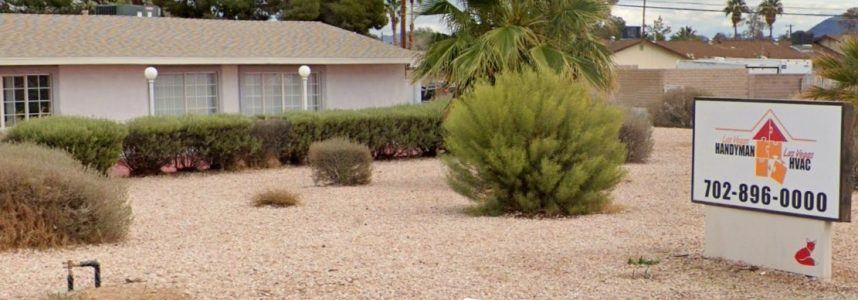
Foxx continued to work, but it was mostly for the government, which received the lion’s share of the $15,000-$20,000 a week he made from headlining the Sahara and Hacienda.
And yet it still wasn’t enough to pay his tax bill and living expenses. So what could he do to raise more money?
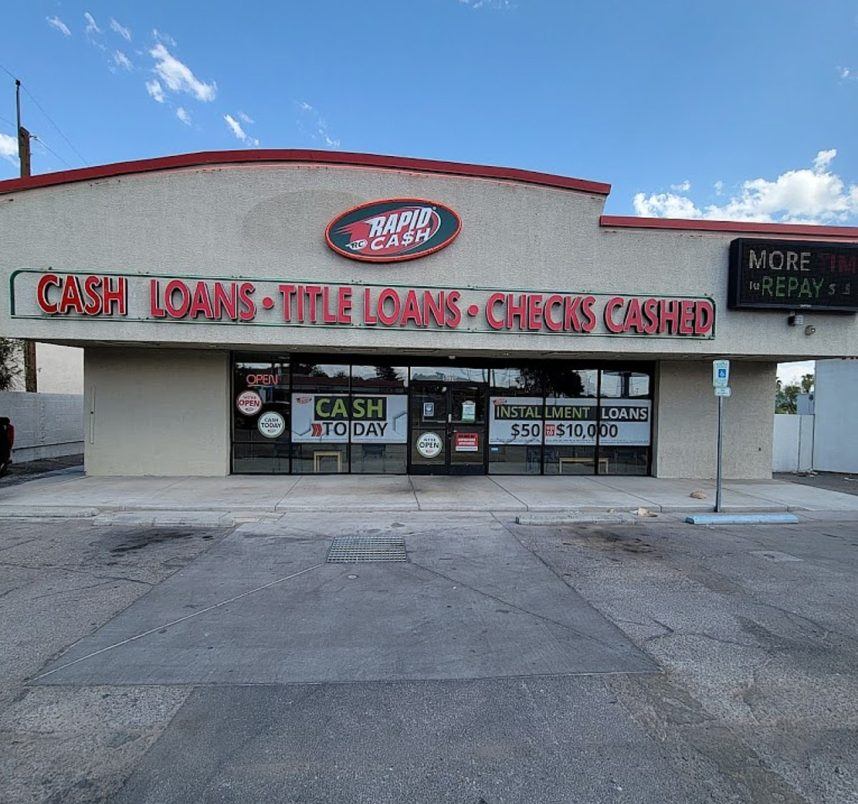
It’s sad to think of a huge star spending the last year of his life selling his own possessions in a store named after a TV character he played nearly 20 years earlier. But Foxx took it in stride, as can be seen in footage from its opening day.
By 1991, it looked like the end to Foxx’s money troubles was finally in sight anyway. His longtime fan Eddie Murphy cast him in the CBS series “The Royal Family” alongside Della Reese.
But on Oct. 11, one month after the show began airing, the actor had a massive heart attack while rehearsing on the set. He was 68.
Murphy paid for Foxx’s headstone and funeral, at Las Vegas’ Palm Eastern Cemetery. Though he couldn’t be among the 1,000 attendees, Mike Tyson, Flip Wilson and LaWanda “Aunt Esther” Page were.
In perhaps the cruelest irony of all, his fellow cast members all thought Foxx was joking when he clutched his chest and fell to the studio floor. That’s exactly what Fred G. Sanford used to do when faking heart attacks for dramatic effect on “Sanford and Son.”
“Lost Vegas” is an occasional Casino.org series spotlighting Las Vegas’ forgotten history. Click here to read other entries in the series. Think you know a good Vegas story lost to history? Email corey@casino.org.
Related News Articles
(Extremely) Last-Minute Las Vegas Valentine’s Day Ideas
Fred Armisen to Lead a Punk Rock Museum Tour in Vegas
Most Popular
FTC: Casino Resort Fees Must Be Included in Upfront Hotel Rates
Genovese Capo Sentenced for Illegal Gambling on Long Island
NBA Referees Expose Sports Betting Abuse Following Steve Kerr Meltdown
UPDATE: Former Resorts World & MGM Grand Prez Loses Gaming License
Most Commented
-
UPDATE: Whiskey Pete’s Casino Near Las Vegas Closes
— December 20, 2024 — 30 Comments -
Caesars Virginia in Danville Now Accepting Hotel Room Reservations
— November 27, 2024 — 9 Comments -
UPDATE: Former Resorts World & MGM Grand Prez Loses Gaming License
— December 19, 2024 — 8 Comments -
FTC: Casino Resort Fees Must Be Included in Upfront Hotel Rates
— December 17, 2024 — 7 Comments
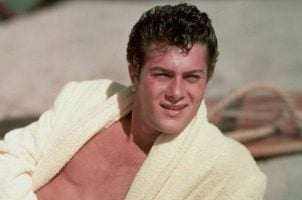

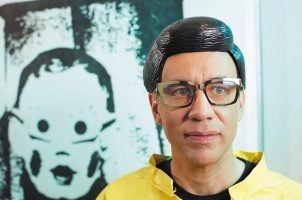
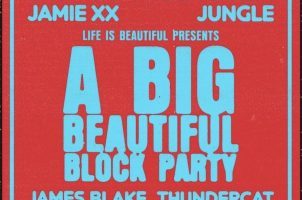










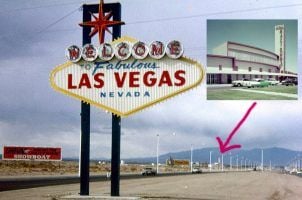
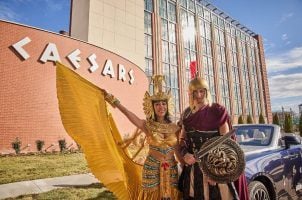
Last Comments ( 4 )
Thx for this commentary… such an intriguing journey tracking Redds dealings in Vegas
His house had a concrete pad by the front door with his signature and handprints(?) Is that still there?
Redd Foxx was a riot. I’ve watched Sanford and son episodes many times over. The Dean Martin roast of him was fantastic. He really did have “the big one” and passed on.
Great (if sad) story. My buddy and I were sitting at the Keno Bar at Circus Jerkus® late on a Sunday night around 1990. About 1am, this guy with a strange gait comes tooling towards the bar. It was Redd, on his way to the keno lounge, which back then was right next to that bar (not sure what it is today but keno has long since moved). He had some little Asian spinner on his arm, or maybe we would have approached him and bought him a drink. For years I've regretted not doing that, would have been a memorable experience for sure. RIP to one of the all-time greats! Here's a great story written back in 1996 about Redd's relationship with the cabbie community in Vegas. Quite a hilarious read.... https://www.newsfromme.com/pov/col097-2/